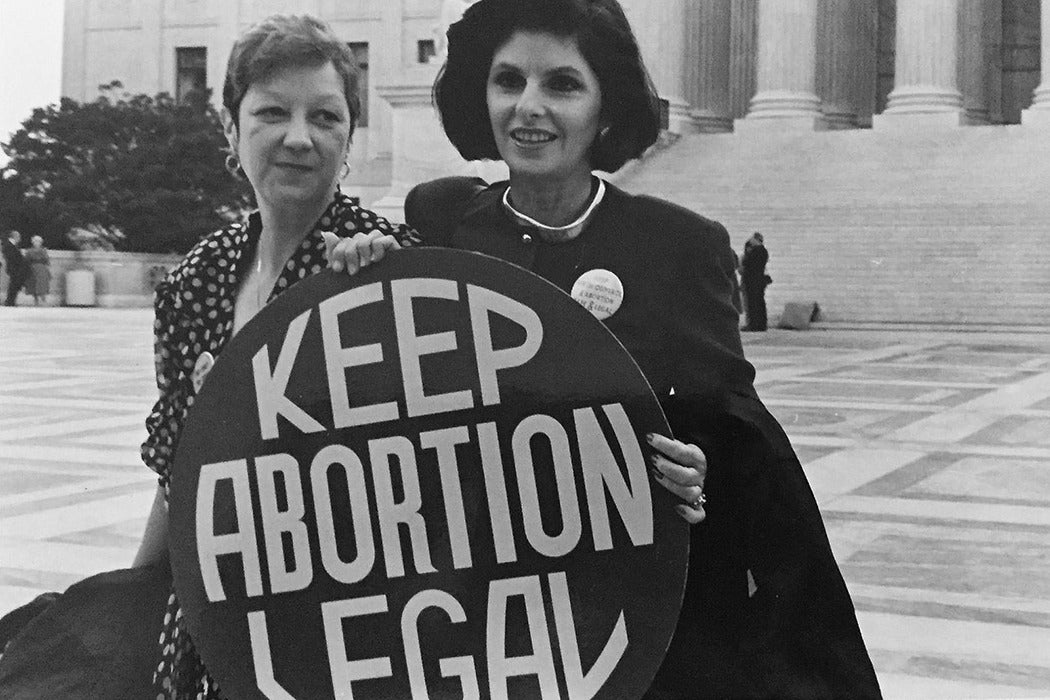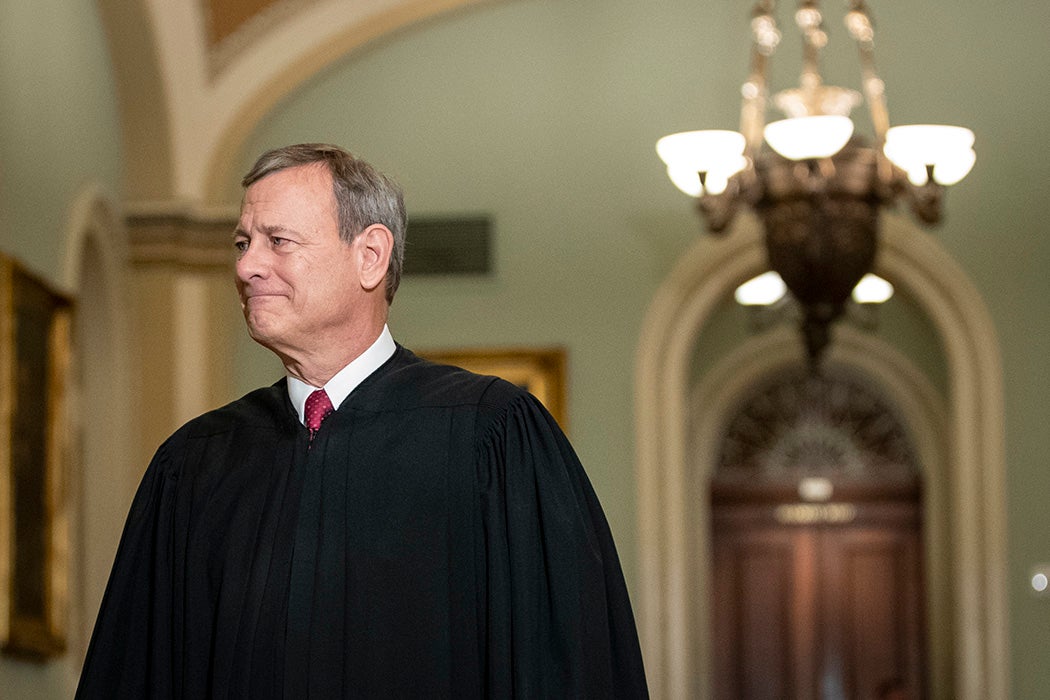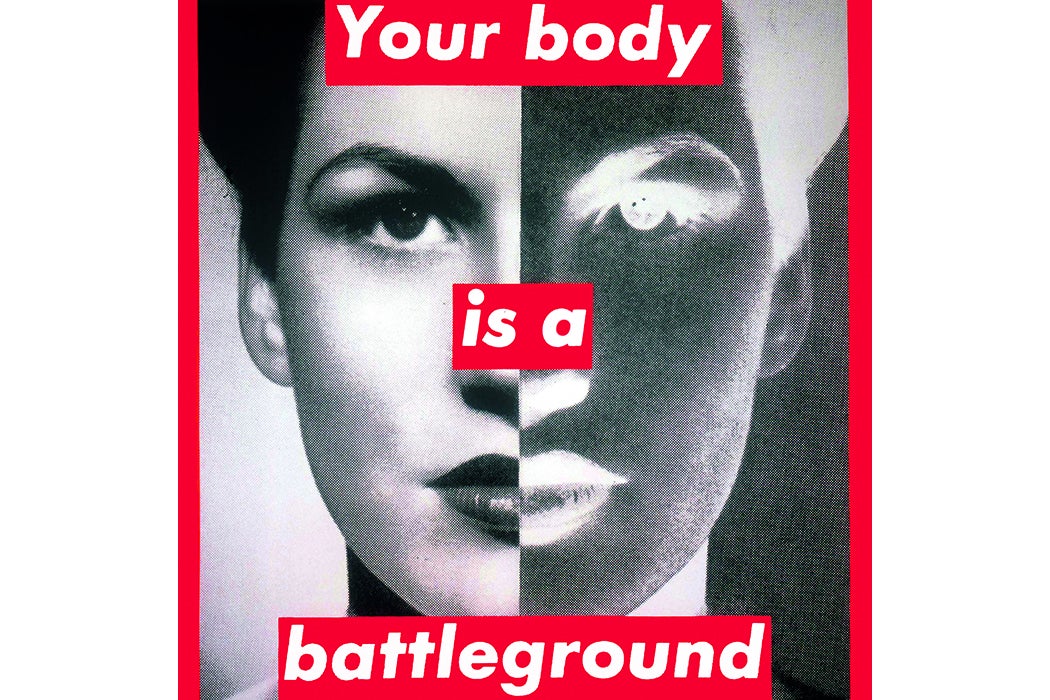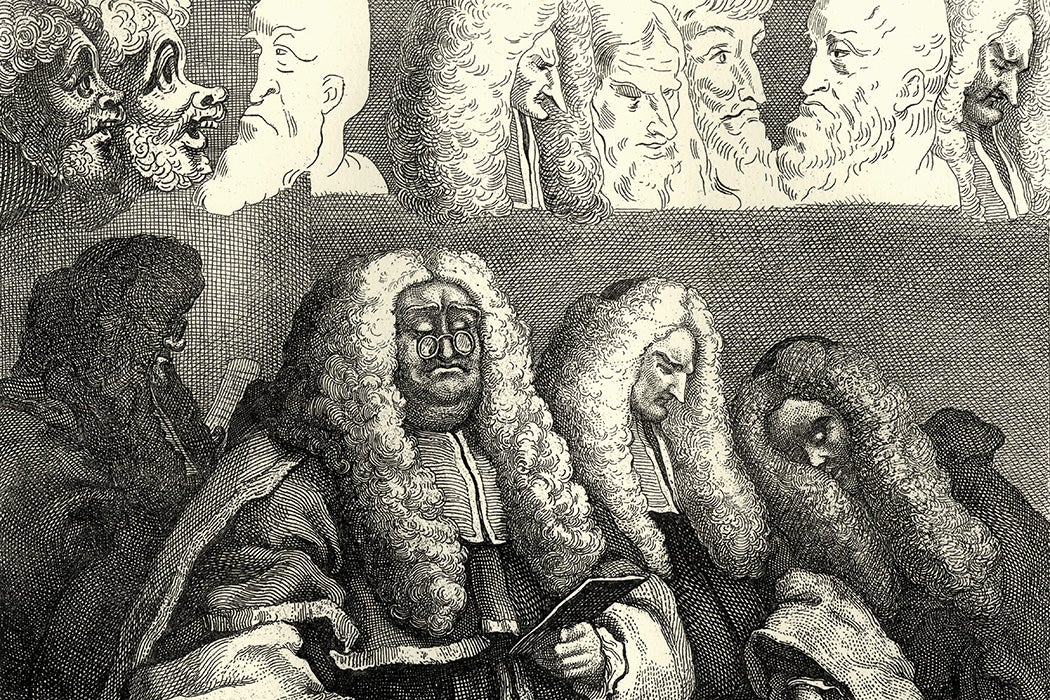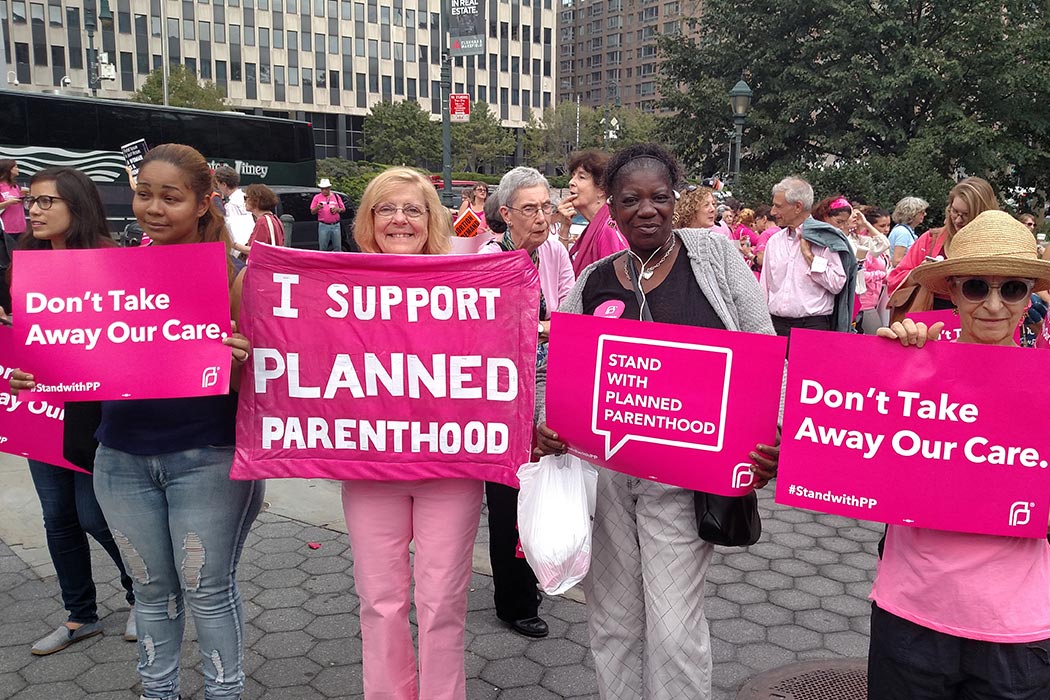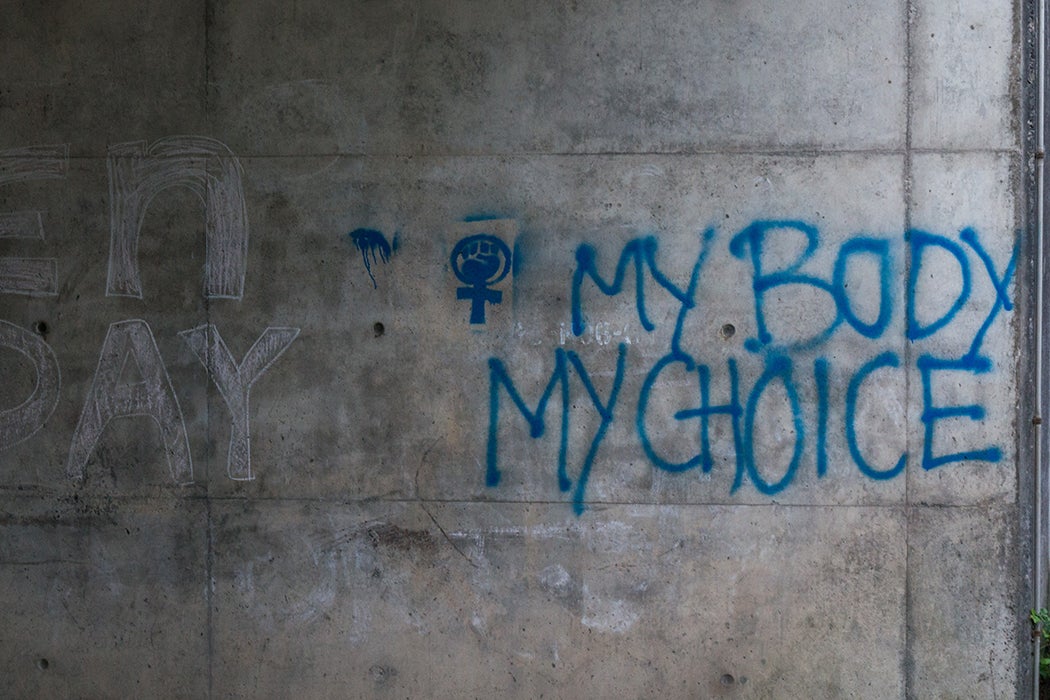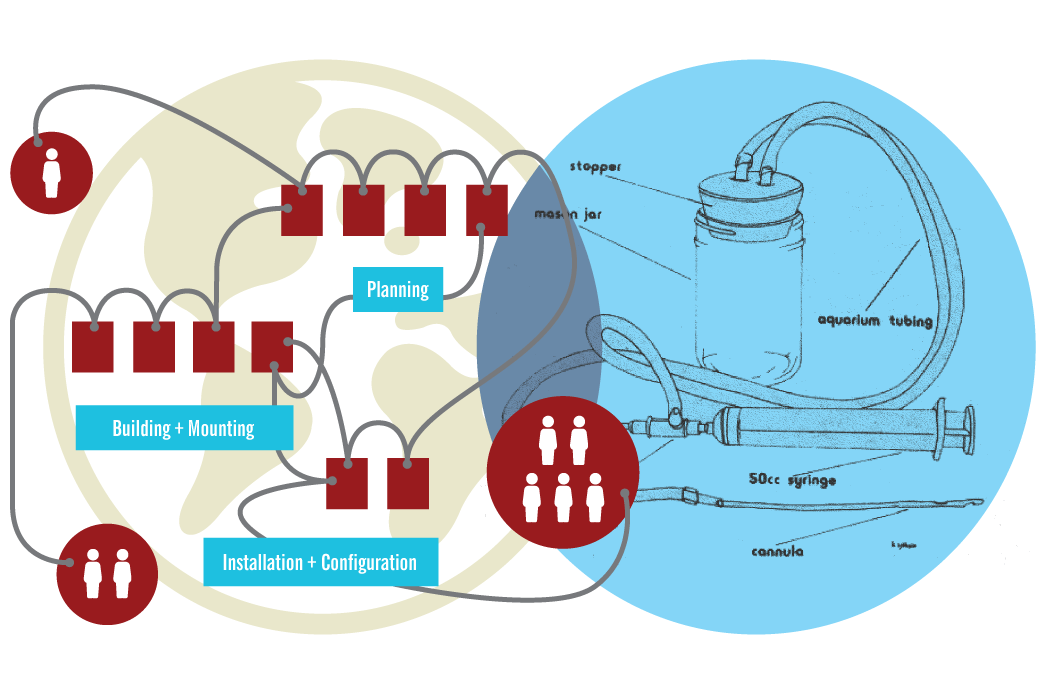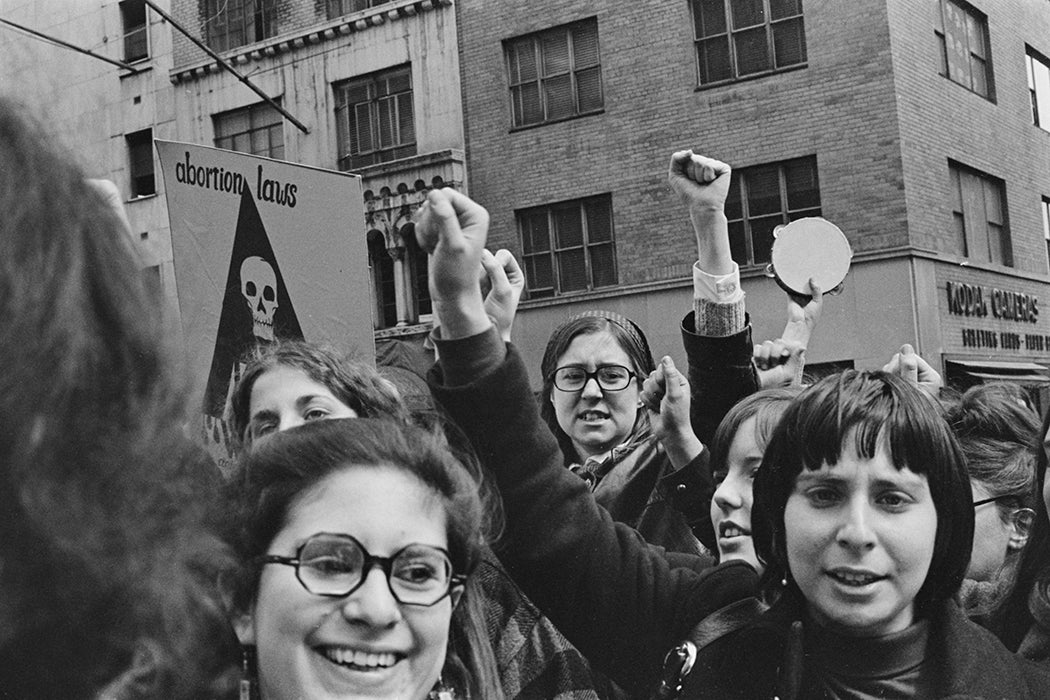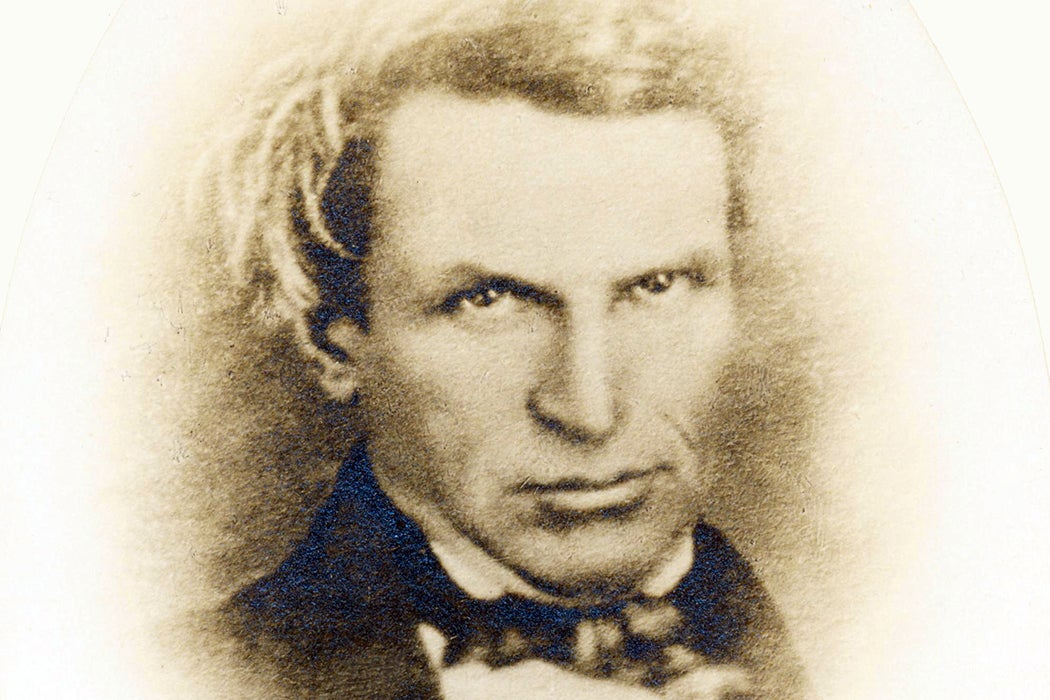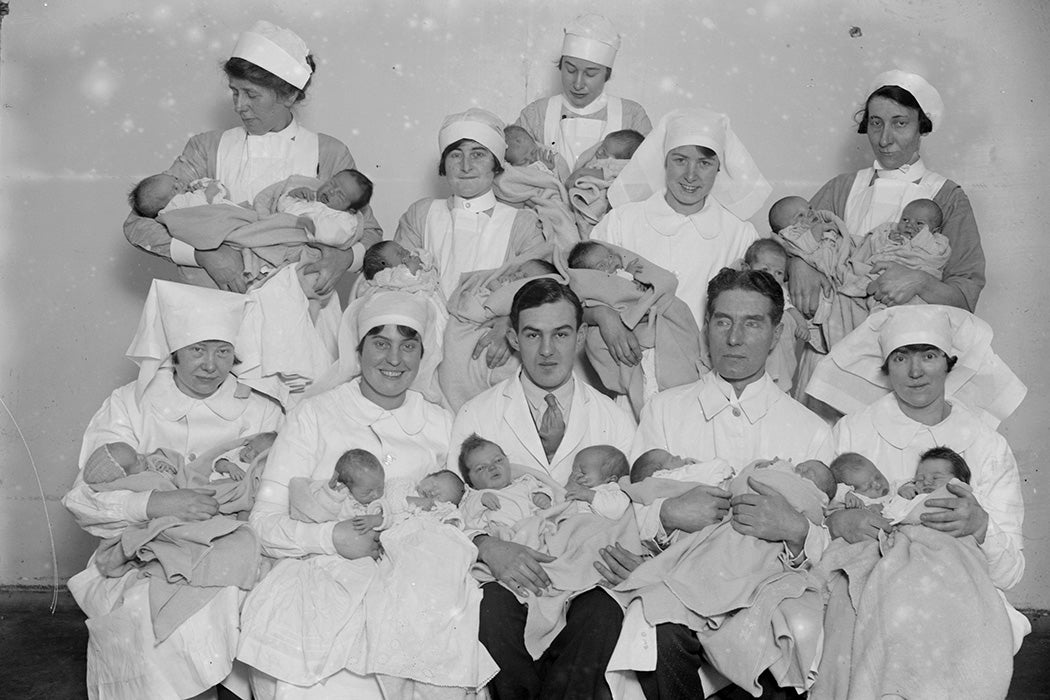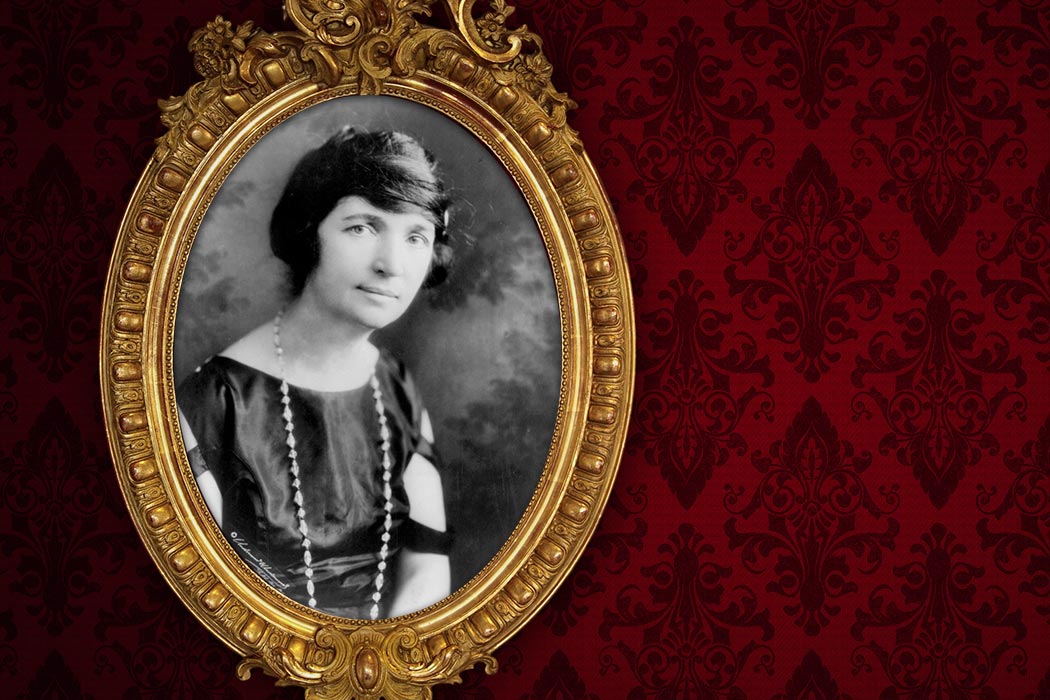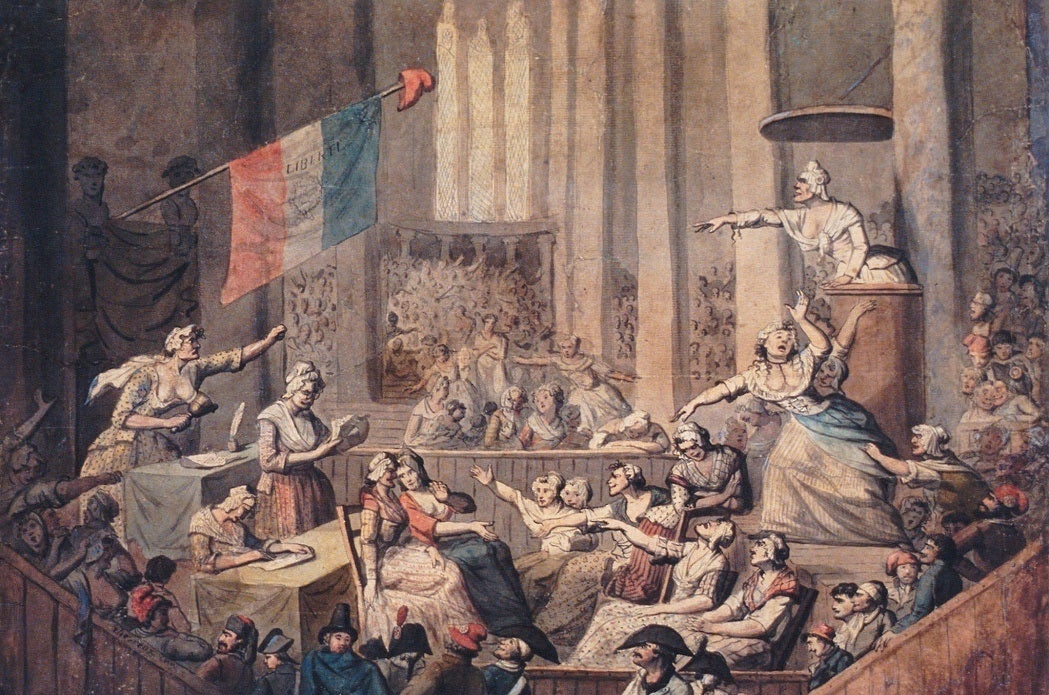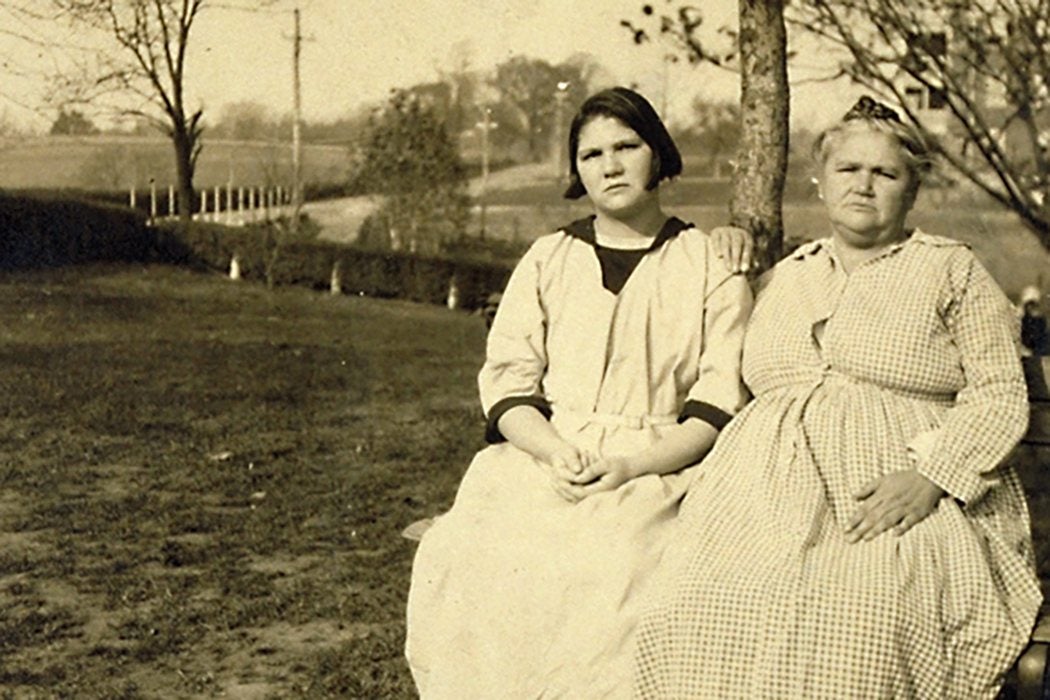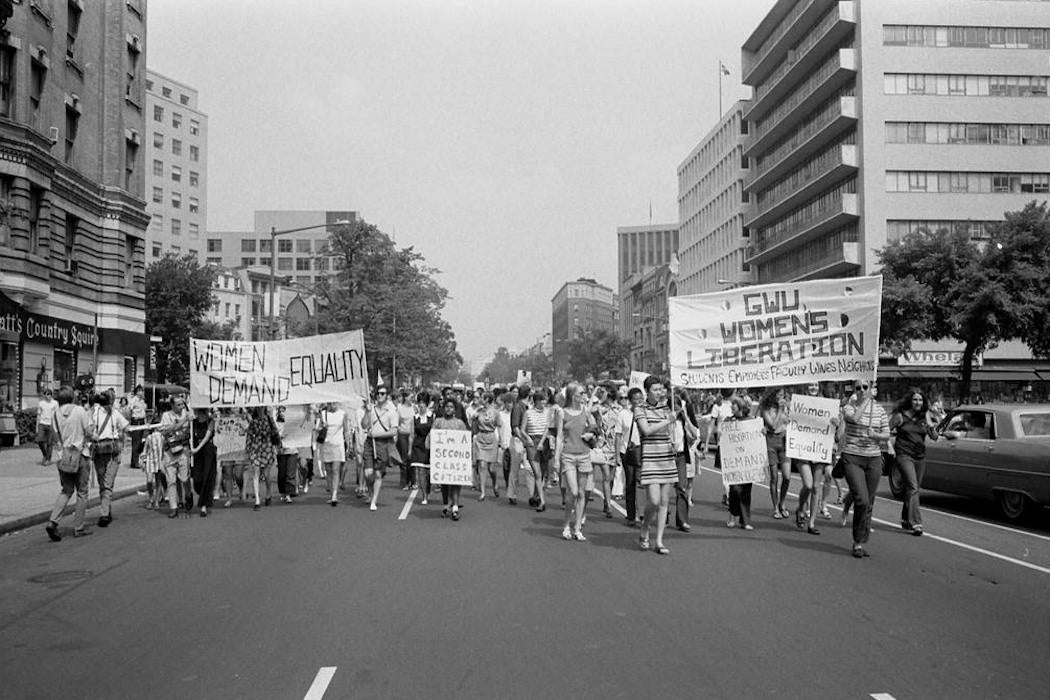Abortion and reproductive rights have long inspired intense debate. This week, as the US Supreme Court considers a Mississippi case that could overturn Roe v. Wade, a leaked draft opinion suggests the court is poised to reverse the landmark decision. To put this long, complex history of legal debates and rulings related to reproduction, women’s health, and abortion in context, we turn to our own archives. We hope these stories published over the past seven years will help inform your conversations inside and outside the classroom.
* * *
Abortion
What a 16th-Century Abortion Ban Revealed
February 13, 2018
In 1588, Pope Sixtus V issued a papal bull officially classifying abortion, regardless of the stage of fetal development, as homicide.
The History of Outlawing Abortion in America
March 10, 2017
Abortion was first criminalized in the U.S. in the mid-19th century. A key argument was that too many white women were ending their pregnancies.
Abortion Remedies from a Medieval Catholic Nun(!)
October 13, 2021
Hildegard von Bingen wrote medical texts describing how to prepare abortifacients.
Evading Abortion Bans with Mutual Aid
September 14, 2021
One scholar chronicles how communities have banded together to help each other with abortion care even when it’s against the law.
The Madness of John Roberts
July 3, 2020
The Supreme Court’s pro-choice decision in June Medical Services v. Russo illustrates the Chief Justice's embattled relationship with precedent.
The History of “Your Body Is A Battleground”
July 15, 2016
Revisiting the iconic work of Barbara Kruger (“Your Body is a Battleground”) that has just as much resonance today as it did a quarter century ago.
Does Law Exist to Provide Moral Order?
December 15, 2021
Is social cohesion possible in plural societies? Philosopher H. L. A. Hart weighed in amid debates on abortion and same-sex relationships.
Do Laws Protect Abortion Clinics From Violence?
December 16, 2015
The research surveys whether state laws protecting abortion clinics have deterred pro-life activists from committing acts of violence.
What Roe v. Wade Means for Internet Privacy
July 17, 2018
Roe v. Wade left Americans with the idea that privacy is something we can expect as citizens. But does the SCOTUS consider privacy a constitutional right?
Why the Future of the Internet May Depend on the History of Abortion
May 31, 2016
Our columnist’s take on the future of the Internet and the importance of grassroots networks.
Birth Control
Medical Mutual Aid Before Roe v. Wade
August 18, 2022
In 1968, a group of Boston University students published a handbook about abortion and birth control for their peers. Over half a million copies were distributed.
Charles Knowlton, the Father of American Birth Control
March 21, 2018
Decades after Charles Knowlton died, his book would be credited with the reversal of population growth in England and the popularization of contraception in the United States.
How Scientists Became Advocates for Birth Control
November 12, 2020
The fight to gain scientists' support for the birth control movement proved a turning point in contraceptive science—and led to a research revolution.
Birth Control’s Slow Path to the Mainstream
July 22, 2015
A look at changing public opinion of birth control.
Covering Viagra, But Not Birth Control?
February 23, 2016
The different ways insurance companies treat Viagra for men and birth control for women show the inherent sexism and legal biases involved.
Margaret Sanger’s Eugenics Defense
December 18, 2015
Margaret Sanger's belief in eugenics stemmed from her interest in individual choice—an idea that brought birth control into the mainstream of American life.
Debating Birth Control In Pre-Revolutionary France
May 8, 2015
Attitudes toward birth control in 18th century France.
Reproductive Rights
The Little-Known History of the Forced Sterilization of Native American Women
August 25, 2016
Jane Lawrence documents the forced sterilization of thousands of Native American women by the Indian Health Service in the 1960s and 1970s.
When Forced Sterilization was Legal in the US
August 3, 2017
The 1927 case of Buck v. Bell set the stage for forced sterilizations for eugenics, but it turned out to based on complete falsehoods.
The Divide in Feminist Ethics on Mothering
October 12, 2018
In the 1960s, two groups of feminists had very different views about motherhood. Unsurprisingly, race and family played a role.
Murphy Brown, Motherhood, and “Family Values”
February 11, 2018
Murphy Brown represented a threat to “family values”—a position that inherently placed her on the side of the families of color whose single family structures supposedly threatened the white, middle-class status quo of the 1990s.
Was the One-Child Policy Ever a Good Idea?
April 3, 2019
China's “one-child” policy has been relaxed, and now married couples may have two children. But according to scholars, the damage is already done.
Notes on Queer Conception and the Redefinition of Family
January 27, 2021
Feminist scholars refer to the “intensely communal, queer, and playful nature” of DIY LGBTQ conception, but Fertility, Inc. is another story.




